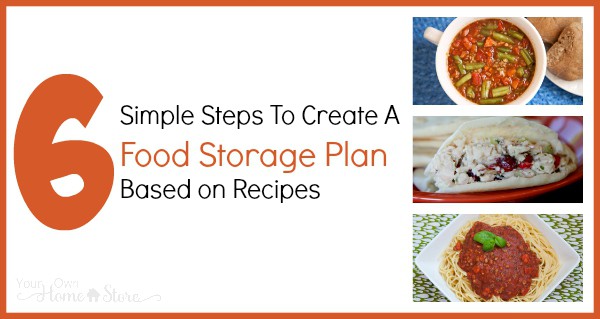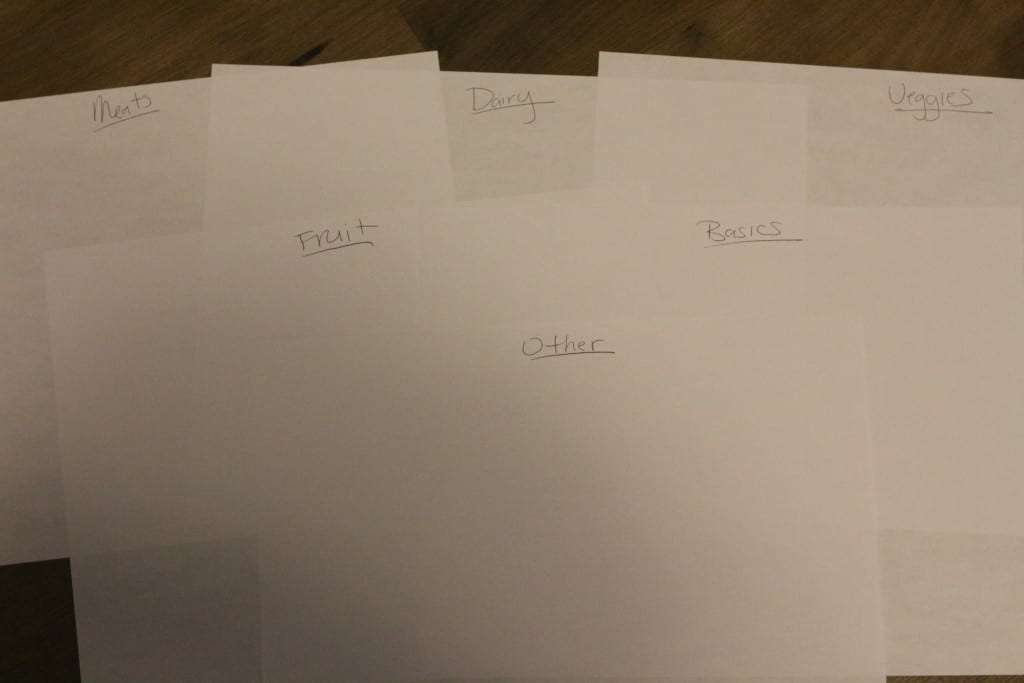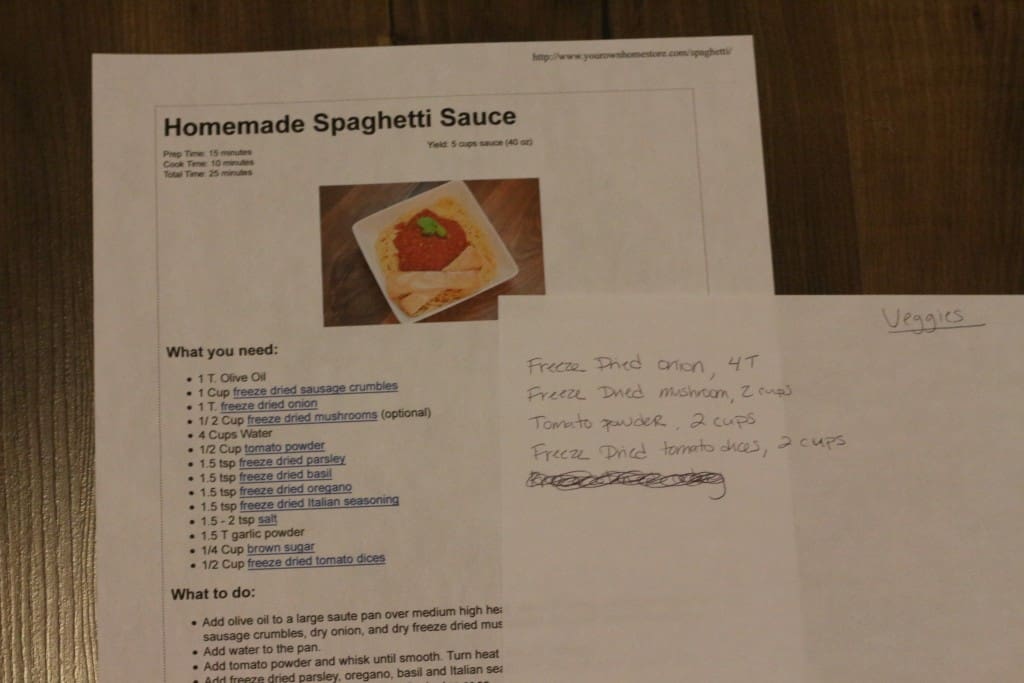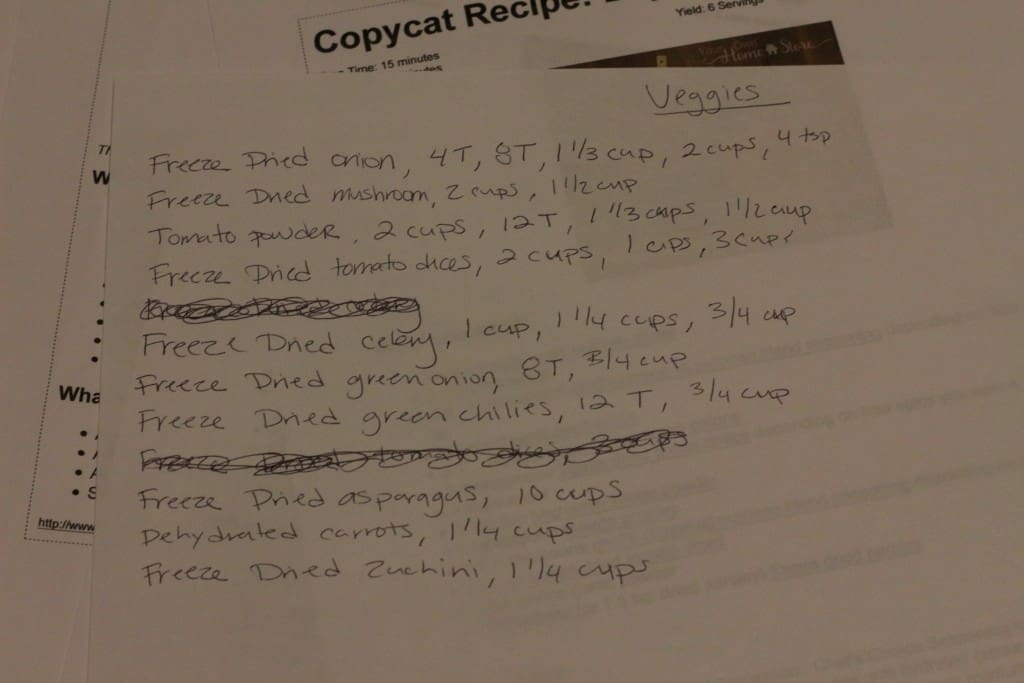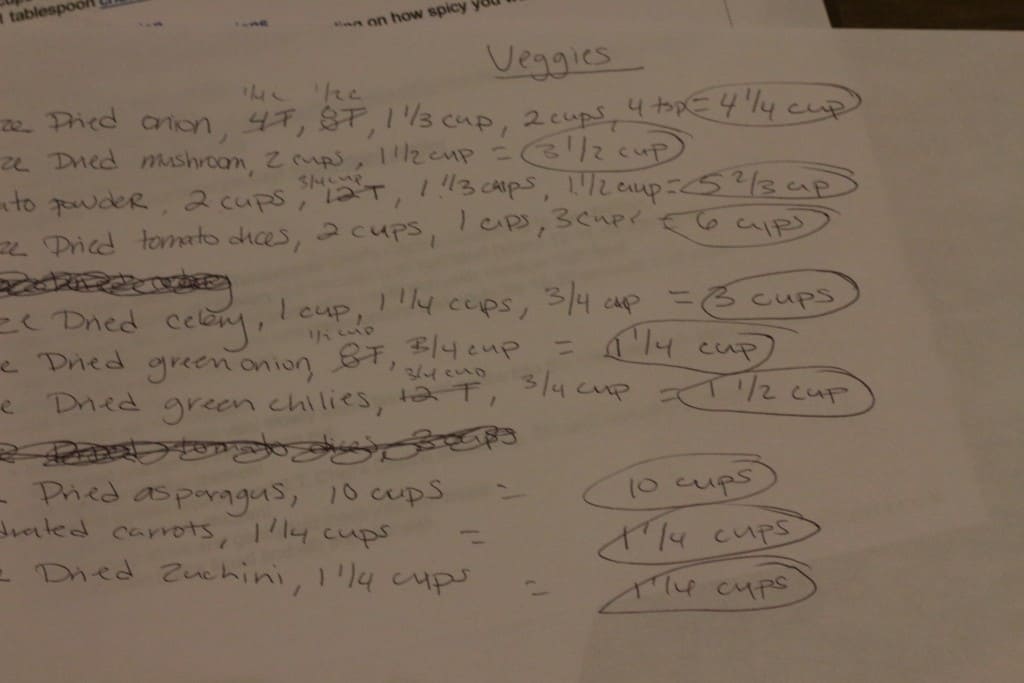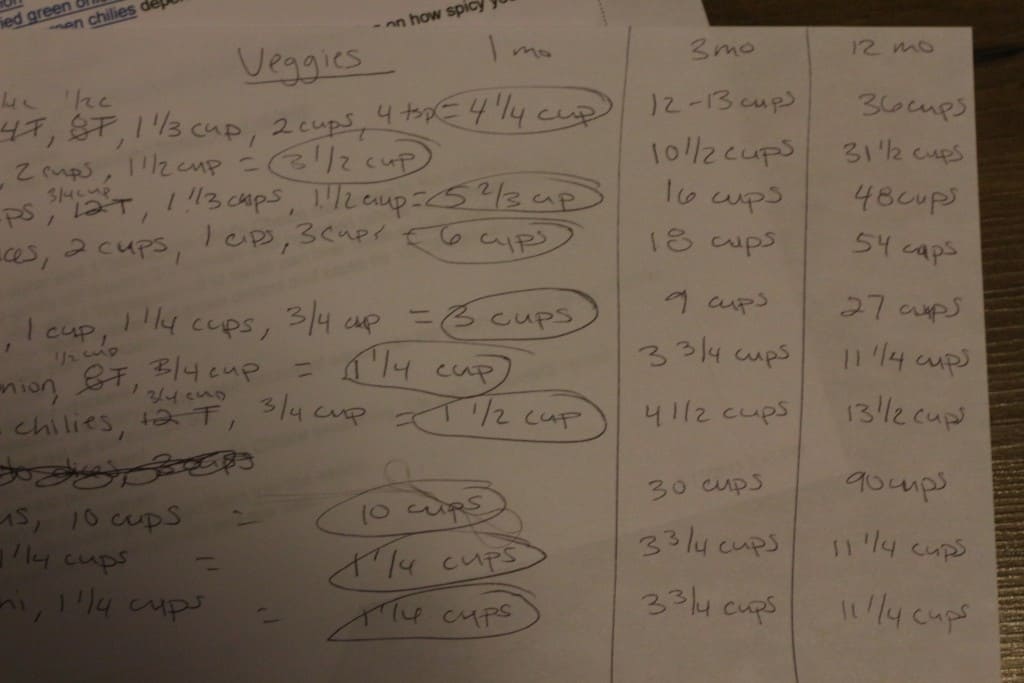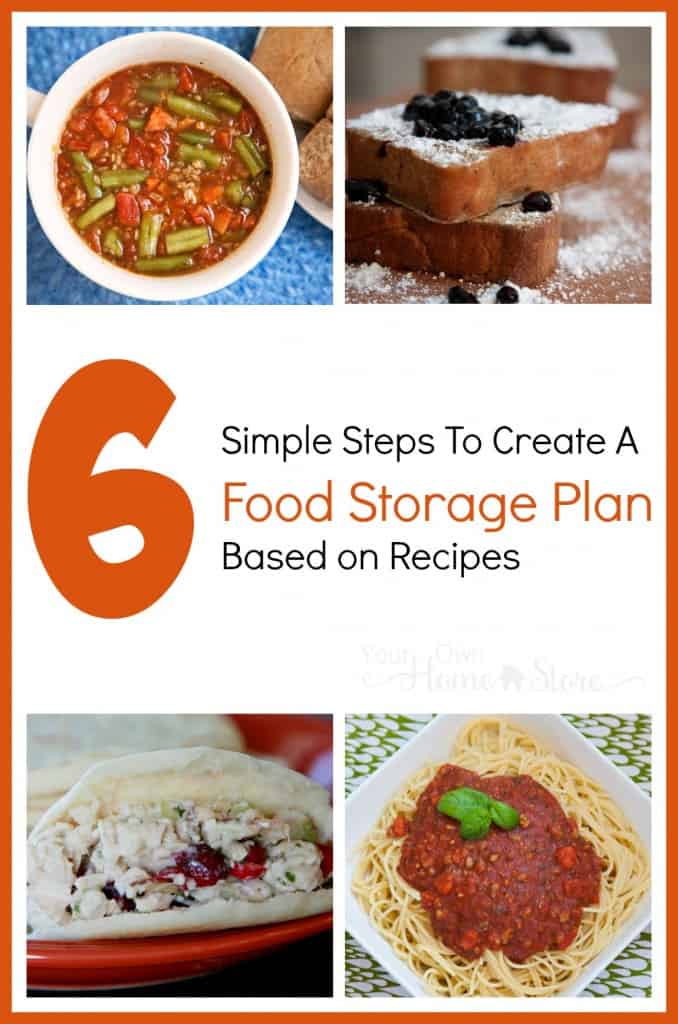Most food storage calculators work based on calories, which is simple and easy…until you actually need to use your food storage. Then, it can be tough to piece together well rounded meals that your family will actually eat.
Some links in this post may be affiliate links, meaning at no additional cost to you, I may earn a small commission if you choose to purchase something. I only link to products I own, trust and /or would recommend to my family. Thank you for your support in this way!
My Start
When I first started with food storage and went out and bought some basics: what I thought food storage was based on what I’d heard from friends and family. I purchased enough calories of wheat, rice, beans, powdered milk, macaroni, dehydrated apples carrots and onions, oats, and sugar to last my husband and I one month.
And truth be told, it did bring some peace of mind. I loved knowing that we had something….anything stowed away. It would keep us alive if need be.
But man alive am I glad that I never had to use that food exclusively! It would have been so overwhelming! I have no idea what kind of meals I could have made!
I Changed…but still struggled
Over time, I started to really think about my food storage. How would I use it when / if needed? I eventually wrote up a HUGE calculator in excel. I kept track of what we ate each week and entered it into the calculator. I did this for months. The calculator then spit out at me exactly how much of everything we were eating and told me what I needed to store for a 1 month, 3 month and 6 month supply.
But the problem with this was that I didn’t (yet) know how to store things like chicken or green onions or strawberries. I knew some veggies and meat came canned, but I didn’t love the texture or how they worked in my recipes.
The next step
I finally (it seems so silly and obvious now) decided to base my food storage off of recipes (like I recommended to you a few weeks ago). I found recipes like Taco soup or chicken salad that I enjoyed with the shelf stable ingredients I was familiar with (canned goods at the grocery store initially). I decided we could eat each meal weekly, so I came up with seven dinner meals and calculated out what I’d need for four of each. That gave me a 1 month supply
Now…
Since finding freeze dried foods back in 2010, my list 100% food storage recipes has expanded and grown. Freeze dried food works so much like fresh in my recipes that I can convert 70%+ of my family’s favorite recipes to freeze dried. (They’ve gotten tastier too…I don’t love canned food).
(You can read why I chose freeze dried for most of my food storage here: Which type of food storage is best? and how to get it for less here: Is Freeze Dried Food Really That Expensive?)
The Process:
Today, I would like to walk you through the very simple process of creating a food storage plan for your family based on your recipes. I truly feel this is a much better option than creating a plan based on calories.
So, go pull out the 7-10 dinner, 3-4 breakfast, and 3-4 lunch recipes you (hopefully) decided on a few weeks back and let’s get started!
Step #1: Gather recipes
Hopefully, you’ve already decided what recipes you want (if not, here are some ideas: 100% food storage recipes).
Now, I want you to go physically gather those recipes. If they are on the computer, print them out! Gather up the recipes cards etc. You need them all in one place.
Step #2: Create 7 lists
Grab seven blank pieces of paper and write the following words at the top of them:
- Veggies
- Fruits
- Meats
- Dairy
- Basics
- Other
- Water
Step #3: List ingredients
Grab your first recipe. Write down the first ingredient on the corresponding list. Then, beside the ingredient, write the measurement TIMES however often you will eat that recipe in a month.
For example, if you will eat chicken noodle soup four times and it calls for 1/4 cup carrots, you should write down 1 cup (1/4 cup times 4 times a month).
If you will eat french toast 8 times a month and it calls for 3/4 cup scrambled egg mix, you should write down 6 cups (3/4 cup time 8 times a month).
Continue until you have finished the entire first recipe. Here is what my veggie list looked like after I finished my first recipe:
Continue with all the recipes on your list. If you come across an ingredient that you’ve already listed, don’t list it again. Simply add a comma and a new amount. Here is what my veggie list looked like after I’d finished all my dinner recipes:
Step #4: Add the amounts up
For each ingredient add up the total amounts. This total is how much of that ingredient you need for a 1 month supply for your family based on the recipes you’ve chosen
A few conversions that might help:
- 4 T = 1/4 cup
- 6 tsp = 1/8 cup
Step #5: Multiply amounts
If you want more than a 1 month supply, multiply the totals in step #4 by the number of months you want. For example, if you need 3 3/4 cups of freeze dried zuchini for a 1 month supply, but you’d like a 3 month supply, then multiply 3 3/4 cup by 3 to get 11 1/4 cup.
Step #6: Figure what to buy
So, you know you need 4 cups of ketchup, but how many bottles is that? Well, it depends on the size of the bottle! This is the toughest step! You will need to do some figuring on many items. Remember, 1 cup = 8 oz.
If your recipes call for mostly freeze dried ingredients (like mine do), I can help you out a bit.
Most #10 cans hold between 9-11.5 cups of product. Each company varies a bit. I use all Thrive and Thrive’s cans are all between 11 – 11.5 cup. I estimate 11 just to be careful. And I usually round. So, if I need 32 cups, then I get 3 #10 cans. If I need 23 cups, I get two #10 cans. You can do the same if you use Thrive.
If you use another brand, just figure out how many cups are in each of their #10 cans.
You are DONE!
That’s it! Now you have a food storage plan for your family!
PIN THIS NOW TO SAVE FOR LATER!
Becky is a wildlife enthusiast and pet and livestock care expert with a diploma in canine nutrition. With over a decade of experience in animal welfare, Becky lends her expertise to Simple Family Preparedness through insightful info about pets, livestock, bee keeping, and the practicalities of homesteading.

